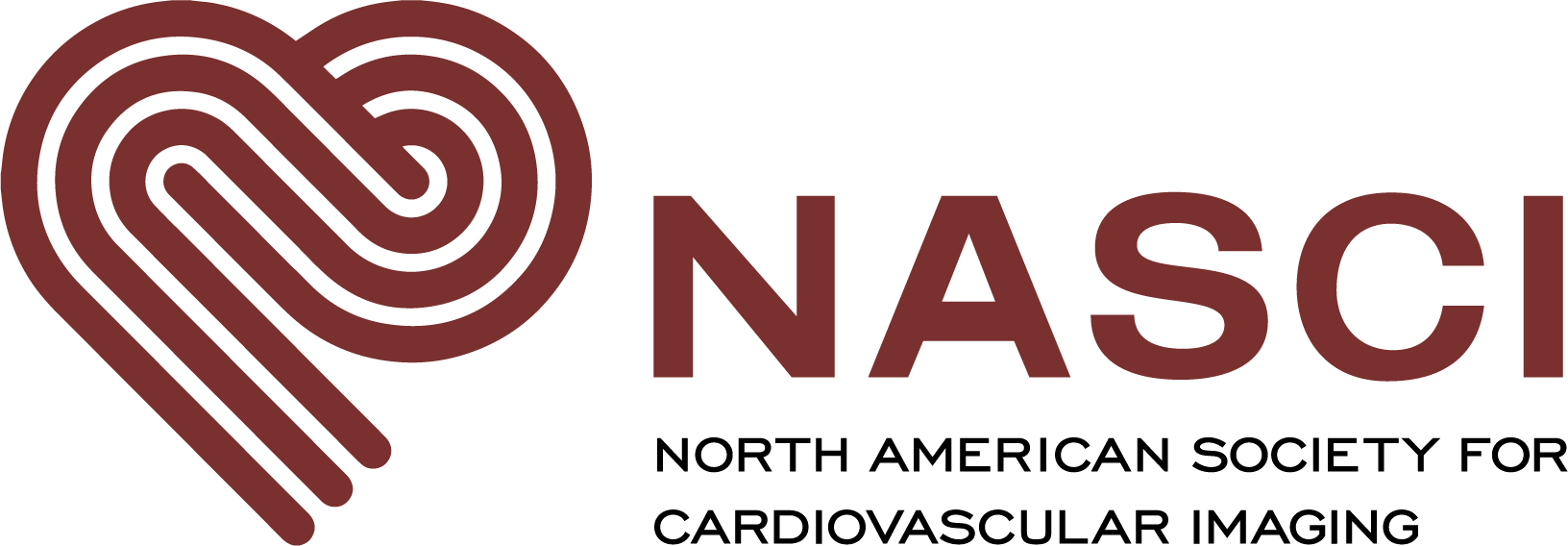| |
|
|
|
|
- Clinical Application of CT Coronary Angiography: State of the Art (Abstract)
F.R. de Graaf, MD, J.D. Schuijf, PhD, V. Delgado, MD, J.E. van Velzen, MD, L.J. Kroft, MD, PhD, A. de Roos, MD, PhDc, J.W. Jukema, MD, PhDa, E.E. van der Wall, MD, J.J. Bax, MD, PhD
Heart, Lung and Circulation, Volume 19, Issue 3, March 2010, Pages 107–116 doi.org/10.1016/j.hlc.2009.11.004
|
|
|
- Use of multidetector computed tomography for evaluation of global and regional left ventricular function (Abstract)
Samer H. Sayyed, MD, , Mark M. Cassidy, MD, M. Azam Hadi, MD Journal of Cardiovascular Computed Tomography, Volume 3, Issue 1, Supplement, January–February 2009, Pages S23–S34 doi.org/10.1016/j.jcct.2008.10.016
|
|
|
|
|
|
|
|
|
|
|
|
d) Flow calculation (Q=VxA)
|
|
|
e) Gradient calculation (Bernoulli equation, G=4xPV2)
|
|
|
|
|
|
|
|
|
|
|
|
|
|
|
g) Diastolic heart function
|
|
|
|
|
3. Normal cardiac and pulmonary pressures; Vascular regions supplied by the coronary arteries; Standard nomenclature for topographic imaging of the heart
|
-
Pathophysiology of Heart Failure Richard E. Klabunde, PhD, Associate Professor of Physiology, Department of Biomedical Sciences, Ohio University Heritage College of Osteopathic Medicine CVPhysiology.com
|
-
Peripheral Arterial Occlusive Disease
Richard E. Klabunde, PhD, Associate Professor of Physiology, Department of Biomedical Sciences, Ohio University Heritage College of Osteopathic Medicine CVPhysiology.com
|
|
|
